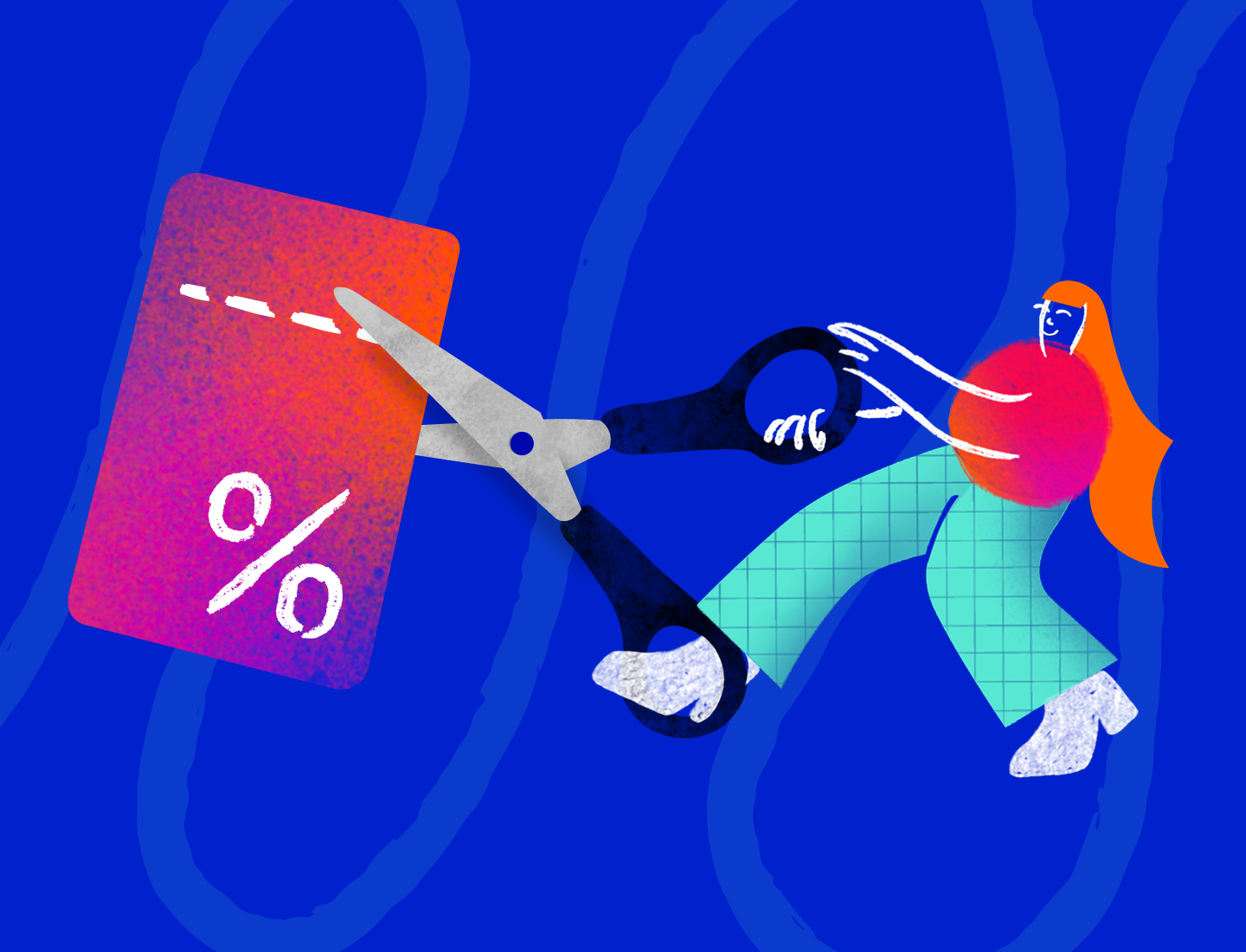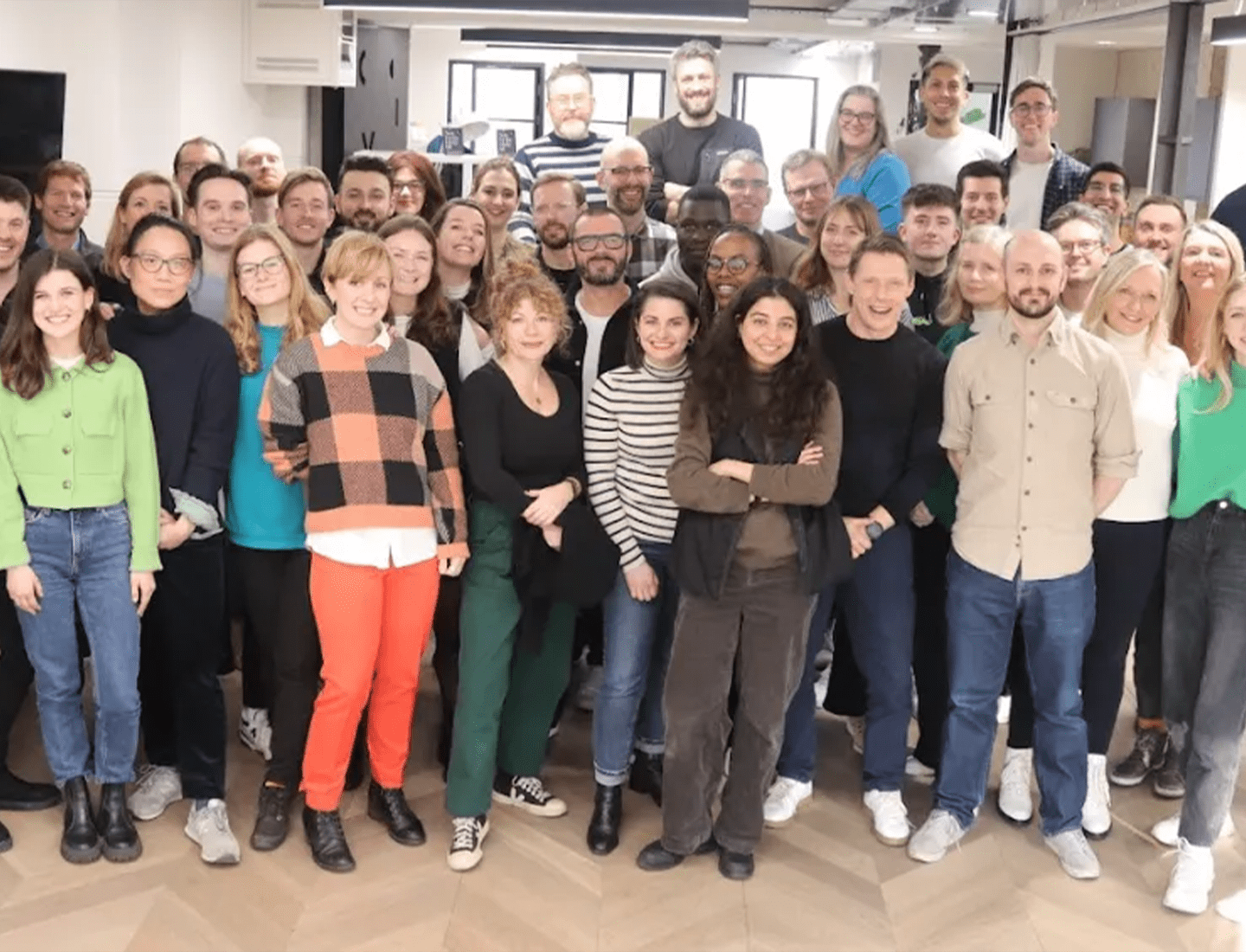
What is digital dexterity?
What is digital dexterity and how to define it?
Digital dexterity, the latest term to grace boardrooms, is the foundation of all successful digital strategies. It represents the collective readiness and competency of an organisation to embrace and thrive with digital — not just those who are digitally savvy. This is key because digitally dextrous employees and organisations are 3.3 times more likely to launch, complete and succeed in digital initiatives — and that’s just the business objective.
Mars is a good example here — they know maintaining its status as a world-class manufacturer and service provider plays a big role in staying competitive and relevant. They embarked on a digital transformation journey with the goal to instil agility into the business and move towards a truly digital first future. And they know people are Key to Digital Transformation Success. As the Chief Digital Officer of Mars at the time put it:
“When digitally enabled, our associates should feel empowered to be a superhero and get things done.” In other words, employee satisfaction also goes up.
Digital dexterity: Moving from what’s possible to what’s optimal
A recent survey revealed that 78% of workers are now using on average between 6–10 digital tools just to communicate, when pre-pandemic they were getting by with half as many. With the rapid shift to remote working almost overnight, businesses were forced to upgrade to new digital tools. This resulted in massive digital adoption as businesses took to new apps like Zoom, Slack and Teams in order to stay connected and functional.
Now we’re a few years down the line, businesses are grappling with the desire to harness the power of digital. To build greater capability, cohesion and efficiency across business operations, to drive innovation and sustainable growth. But at what cost? The digital dexterity conversation is quickly revealing an interesting conundrum — if digital tools were meant to make us more productive and alleviate monotony in our daily working lives then why are people more burnt out than ever?
The answer is complex. To say that it was simply an influx of new tools would be overlooking the real problem. The reality is that, much like other change programmes, 70% of transformations fail because they do not focus on soft skills. It’s the mindset, attitudes and ways of working of an organisation’s people — what is now being referred to as ‘digital dexterity’ — that will make or break digital initiatives.
Digital dexterity: Bridging the digital inclusion gap
Studies have suggested that age is not a simple indicator of who is more capable of adopting new digital tools and tech. Even some Gen Z employees who have grown up with technology at their fingertips, struggle to adopt work-related digital tools. Interestingly, tech adoption and its application seems much less of a problem to an employee when in their personal lives, rather than in a work environment. This suggests there are lessons to be learnt from consumer facing tech companies around user friendly products, that businesses can learn from.
If we dig into the challenges around adoption of digital tools a bit deeper, a surprising insight emerges. Whilst Gen Zers are on the surface the most digitally adept generation ever, we adopt this presumption with some risk. 1 in 5 young office workers feel judged when experiencing tech issues — leading to what HP refer to as ‘tech shame’ in the workplace.
Even more surprising is that those young professionals are 10 times more likely to feel shame in these scenarios when compared to their more mature peers. It turns out that despite being accustomed to digital environments like social media, these skills don’t innately carry over to workplace tools.
On the other end of the spectrum, building digital dexterity requires leadership buy-in and a strong top-down commitment to enabling the cultural change required for it to develop. Nike is one example of a business truly embracing digital in the boardroom as part of its digital transformation efforts. As Monique Matheson, Chief HR Officer put it:
“One of the best pivots that we made to get the executive team on board was to make it clear that this investment is not for HR…this investment is for the company [and] our employees.”
Another huge brand: Unilever has also taken steps to be more inclusive and spread digital expertise across the business. Leaders are enrolled in a reverse-mentoring programme, where younger digital-native employees act as mentors. For senior leaders, it demystifies technology and improves their knowledge base, but it also sows the seeds of a digital culture that is much more accessible, open to experimenting by adopting a different way of thinking and promoting a willingness to learn.
At Magnetic, we recently worked with a famous FMCG to help them craft a digital vision for their global services unit. The team had recognised the need to sharpen their digital ambitions to be more employee-centric in order to better land with their employees and be best set up for success. This vision and the focus areas behind it are now a core part of the team’s digital strategy.
As with all new concepts, digital dexterity warrants a critical discussion to delve into its multiple interpretations and deliver a definition in the language of everyday people. A mindset shift is definitely required as we encourage ourselves to explore better ways of working and how we can thrive with digital. Indeed, this quote from the Chief Digital Officer of Lululemon gets to the heart of the issue:
“Very little of my day is spent making technical decisions. Almost all my time is focused on people and culture.”
Want to know more about digital dexterity?
Get in touch with





